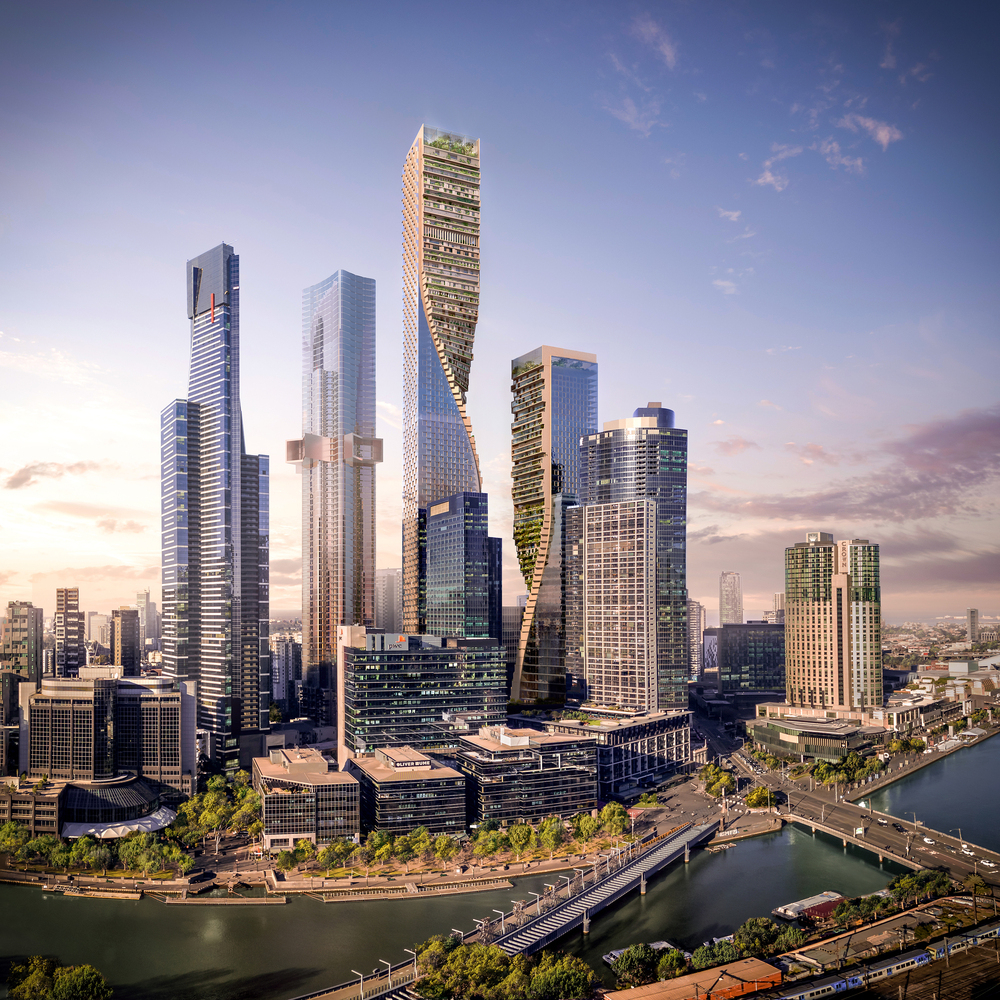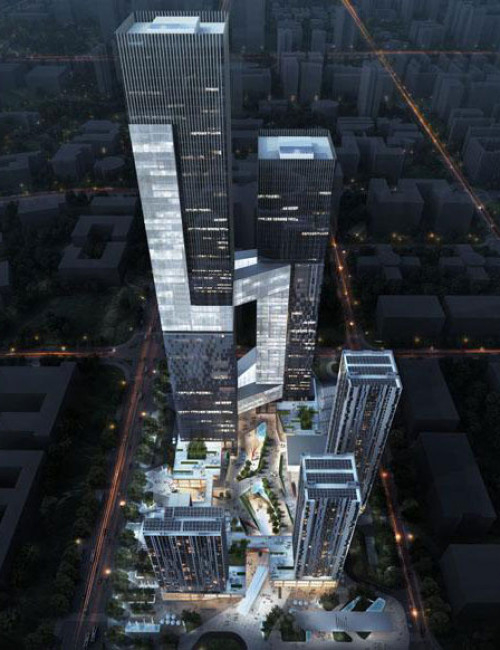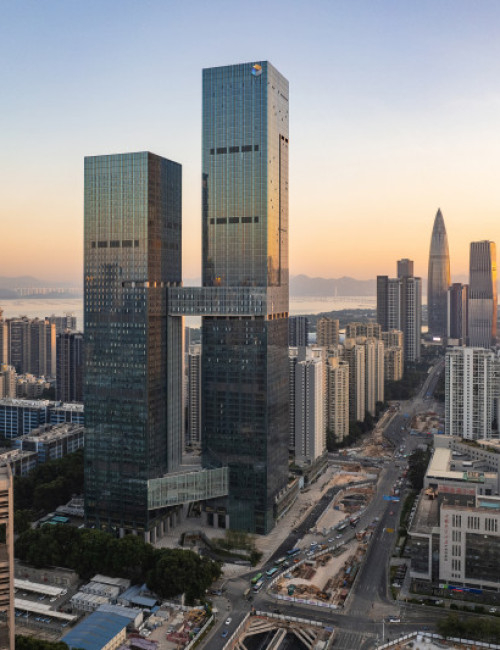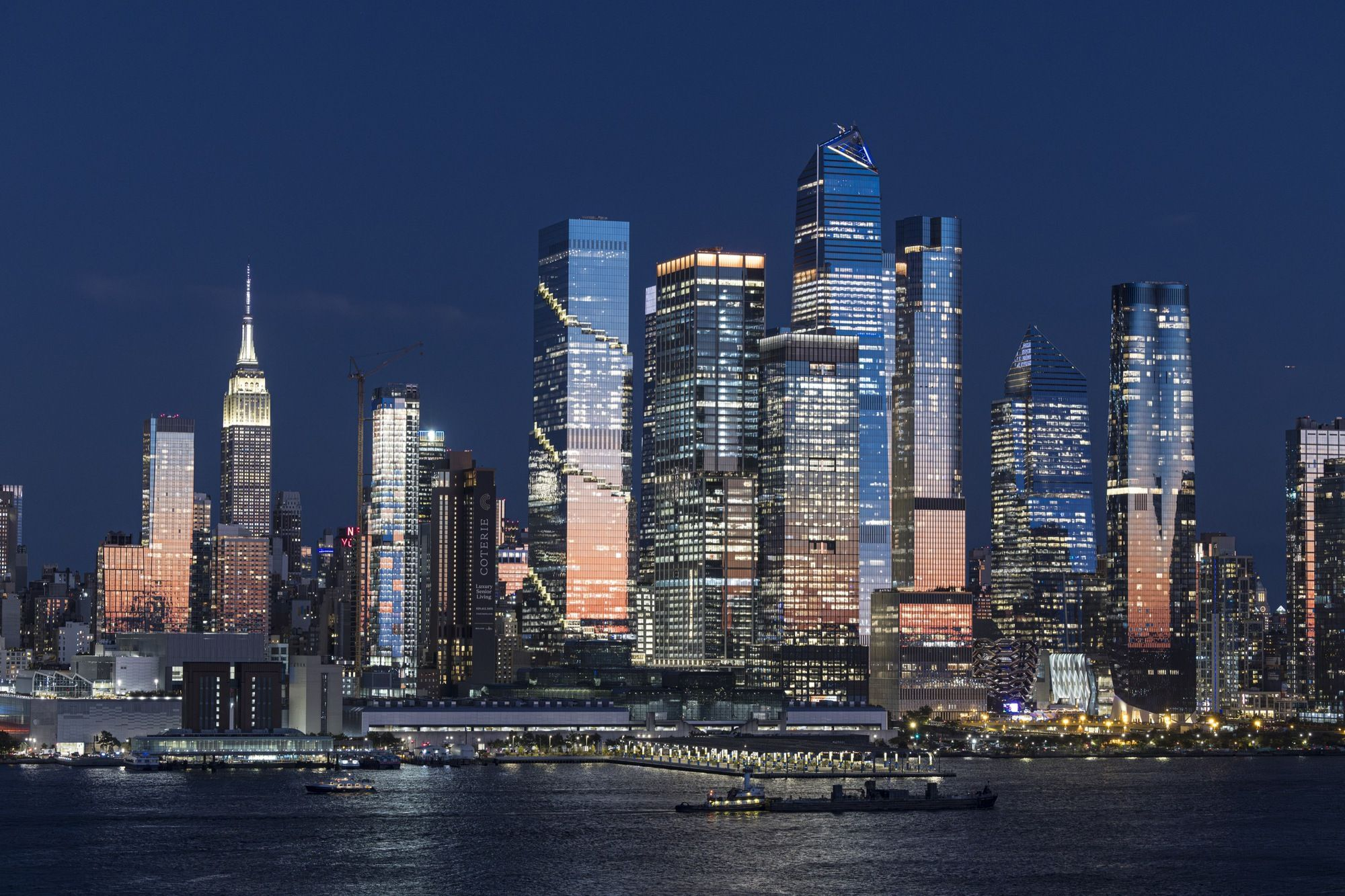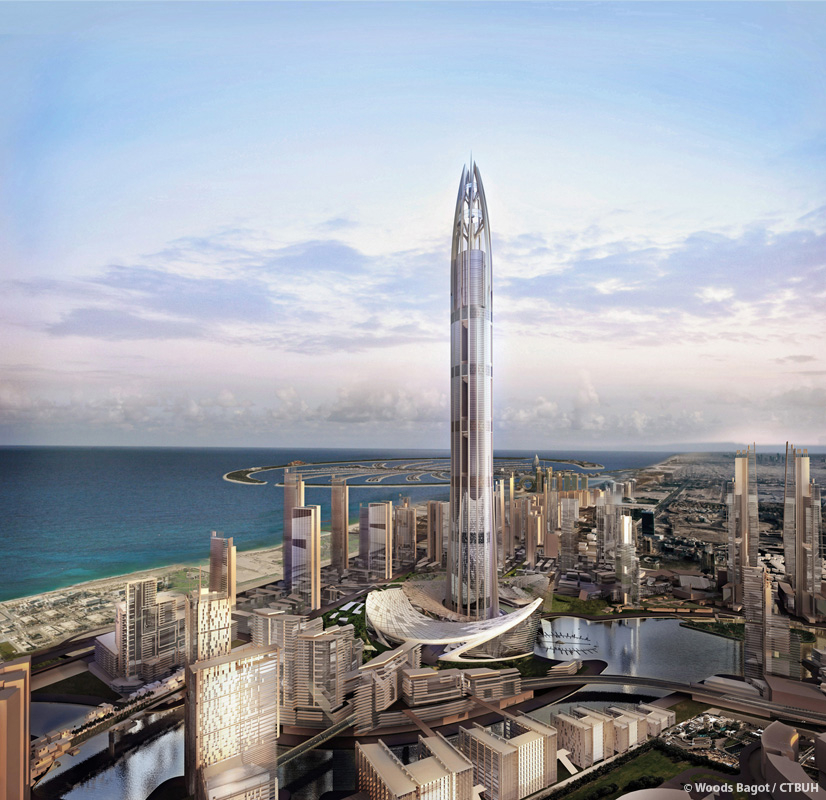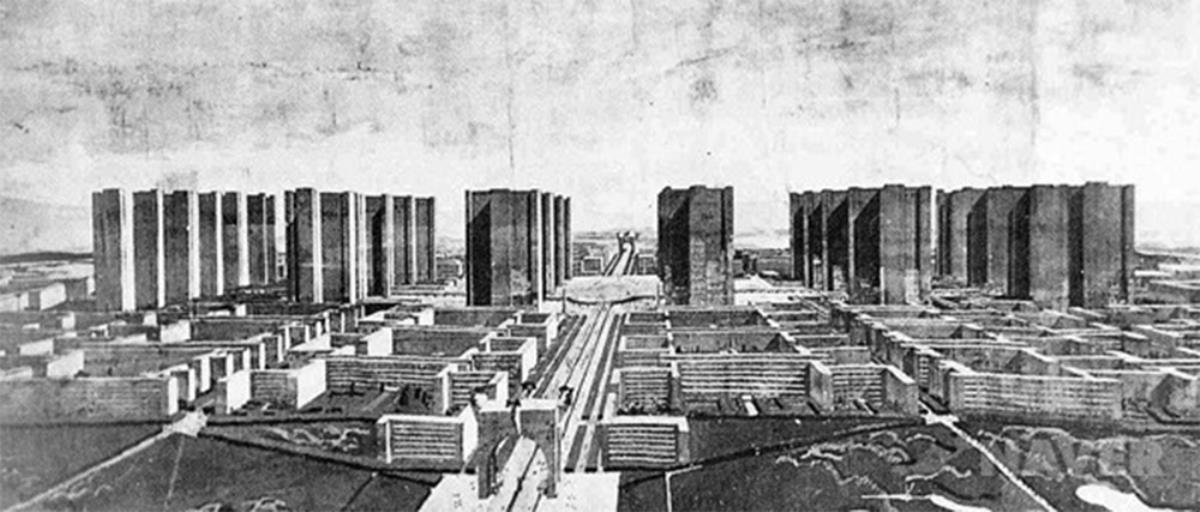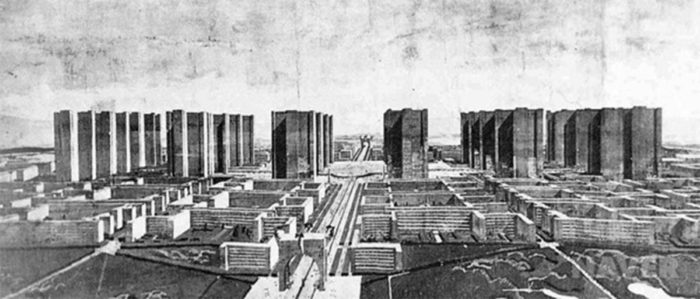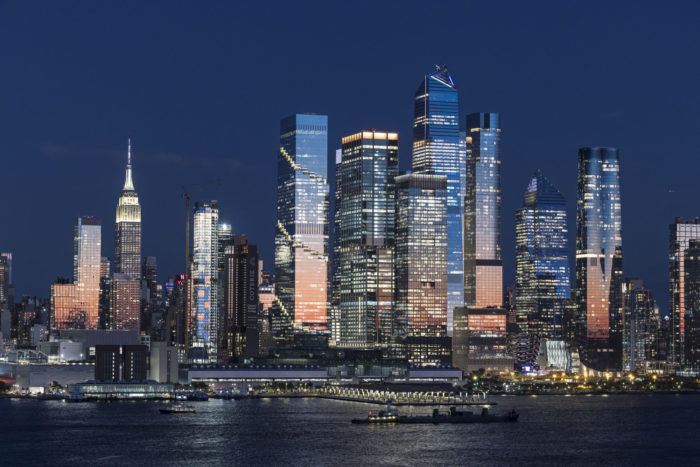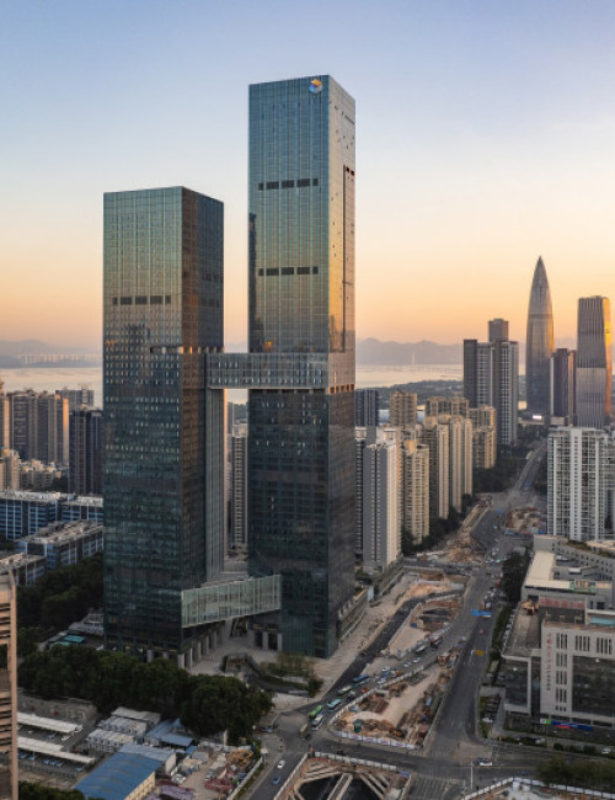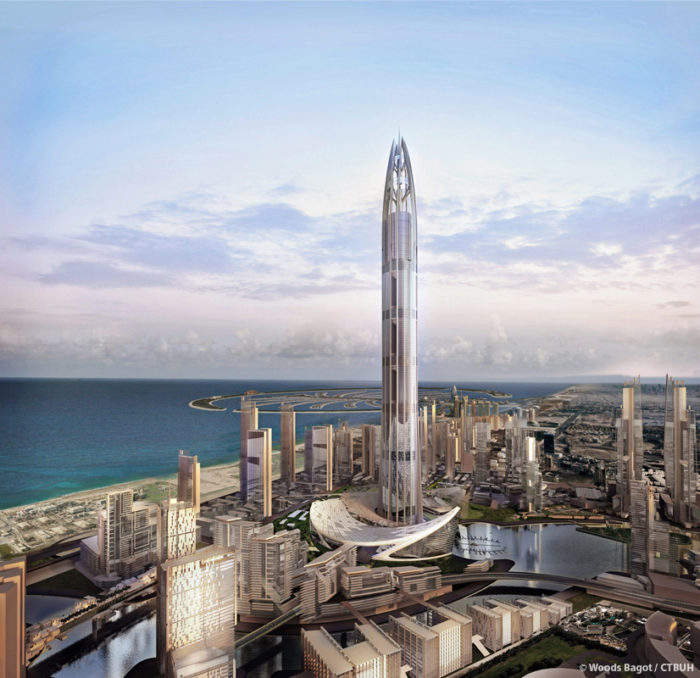Architecture is a profession that affects every aspect of human life. As populations rise and sea levels rise due to global warming, vertical living is the solution to the ultimate scarcity of land and habitat on our planet.
“Architecture is a reflection of the society we live in.” – Sir Norman Foster
In the architectural community, there’s a developing trend of vertical farming and concrete excessive-rise places of work and dwellings. Seoul in South Korea and Moscow in Russia are examples of cities that can embrace this concept, intending to accommodate each issue of lifestyles in the world through innovative technology, material, and efficient use of space. The demand for design and housing is growing, but the lack of resources and the planet’s slow decline due to climate change and global warming make it difficult to meet the need. The obvious solution to the glaring issue of land depletion is vertical living.
Over the years, many designers and architects have tried to envision the future of our cities. From Paulo Soleri’s multi-story tower to Le Corbusier’s Villa Radius, these schemes are all desperate attempts to solve the growing overpopulation problem. Expanding cities horizontally to deal with the growing population could result in the depletion of herbal sources and a shortage of living areas. To cope with this difficulty, numerous prototypes of self-maintaining vertical cities are being developed as potential solutions.
What Are Vertical Cities?
Vertical cities, known as mega-tall buildings or mega-towers, are large multi-use structures with a variety of functions, including residential, commercial, and public spaces. These buildings are usually self-contained, with all necessary facilities and services in the building.
From Skyscrapers To Vertical Cities
High-rise structure has played a sizable position in city improvement, transforming cities, and influencing our way of lifestyles. From early 20th-century skyscrapers to the current idea of vertical cities, high-upward push architecture has been a adventure of innovation, era, and concrete planning. Ancient civilizations like Egypt and Mesopotamia showcased their choice to construct tall systems, but it became at some stage in the industrial revolution that skyscrapers genuinely took off. With advancements in engineering and the availability of materials like steel, architects could create structures that reached unprecedented heights, redefining skylines and inspiring awe.
How Are Vertical Cities Constructed?
The construction industry constantly evolves by providing sustainable building solutions that address environmental and economic needs while saving resources and increasing durability and productivity.
Architects are exploring new architectural designs to accommodate taller buildings. It has cordless elevators that can reach 400 floors and perforated facades that let in natural light and ventilation.
How Is A Vertical City a Solution For Sustainable Living?
These apartment complexes are designed to be energy efficient and provide residents with social connections due to their proximity. Collaboration can be facilitated, and human resource efficiency can be improved. Making efficient use of natural resources for sustainable energy, these buildings can be completely energy neutral. Modern high-rise architecture incorporates new design principles, and performance is an important consideration. Designers and engineers work together to optimize the space and create effective floor plans and designs. The rise of mixed-use developments has transformed high-rise buildings into dynamic, open communities, incorporating residential, commercial, and entertainment spaces into one building.
What Are The Advantages Of Vertical Cities?
One of the main advantages of vertical cities is that they can help reduce the amount of land used for urban development. This can be advantageous when land is scarce, such as in urban areas. Vertical cities can also help reduce pollution and traffic congestion, as people can live and work in the same building, eliminating the need to commute. In addition, vertical cities can be more energy efficient than conventional urban development, as they can use natural resources such as sunlight and wind.
What Are The Disadvantages Of Vertical Cities?
Vertical cities have some potential drawbacks. One particular concern is that it can be costly to build and maintain. In addition, vertical evacuations can be difficult in an emergency. Finally, some people find vertical cities overcrowded and dangerous.
Examples Of Vertical Cities:
The Shenzhen Bay Innovation and Technology Centre | RMJM Red
The Shenzhen Bay Innovation and Technology Center is located in central China’s Nanshan province, in the heart of Shenzhen’s high-tech hub. The sprawling complex covers an area of 39,869 square meters and consists of a total of 5 towers. Two towers stand tall as Research and Development offices, with 71 and 54 floors, respectively. And rise to floors 45, 37, and 30. In addition, the 4-story building is specifically designed to accommodate vibrant retail space. This project highlights the incorporation of green spaces, energy-efficient design, and smart technologies and meets the growing demand for such features in high-rise buildings architecture.
Nakheel Tower | Nakheel Properties
The Nakheel Tower, designed by Nakheel Properties, was originally named to rise to 1,400 meters and 200 floors and was intended to surpass the height of the “Burj Khalifa” and become the tallest building in the world. However, due to budget constraints, the realization of this vision still needs to be completed. 15,000 individuals will live, work, study, and participate in social activities in this longhouse, which is considered their residence. Many measures have been implemented to ensure that towers over 1 km high will be built.
The design of the Nakheel Tower incorporates a range of intriguing strategies, including:
The Nakheel Tower integrates sustainable design strategies, such as Water can be conserved through blackwater treatment and stormwater harvesting, Implementation of regional individual cooling plants to increase the efficiency of the chiller system, and high power distribution used to reduce power losses.
Building such high towers presents significant challenges, especially in terms of wind. To overcome this, a stagnant cylinder is used to prevent vortex erosion.
The stack effect causes air to infiltrate the building at better degrees, developing pressure differentials. This can cause the conditioned air to escape from the lowest of the tower and inflict troubles, which include jammed doorways and disrupted lift carriers due to high air velocities. Several techniques have been implemented to counteract the stack impact, consisting of revolving doorways, including anti-rooms with pressure control and the set up of sequentially operated doors.
To ensure the tower’s structural balance, it’s been designed with a diameter extending a hundred meters, resulting in an issue ratio of 10:1. This configuration permits an imperative void area, permitting usable areas to be disbursed around the outer circumference to maximize natural light intake.
The tower incorporates 156 elevators to meet the open-access needs of 15,000 individuals. These elevators use state-of-the-art technology to efficiently transport people to sky balconies and transfer the 560 meters above ground level, where all 156 elevators can be used to access floors of safe buildings in case of emergency fire.
Vertical cities represent a solution to urban sprawl by promoting efficient land use and sustainable living. They also create a sense of community and social connection. When developing high-rise projects, it is important to consider social impacts and prioritize residents’ welfare and quality of life. Technological advances such as robotics and artificial intelligence are important in creating and building high-quality communities. Additionally, the addition of green spaces and the use of renewable energy are essential for the construction of environmentally friendly open spaces.
Are Vertical Cities Really The Future?
Some people are skeptical of the idea that vertical cities are the future of architecture. They worry about potential hazards such as the spread of fire and the difficulty of earthquake resistance of such tall structures. Safety is also a major concern, as it can be difficult to ensure the foolproof safety of a large structure, like in an open city, especially concerning things like theft and crime.
